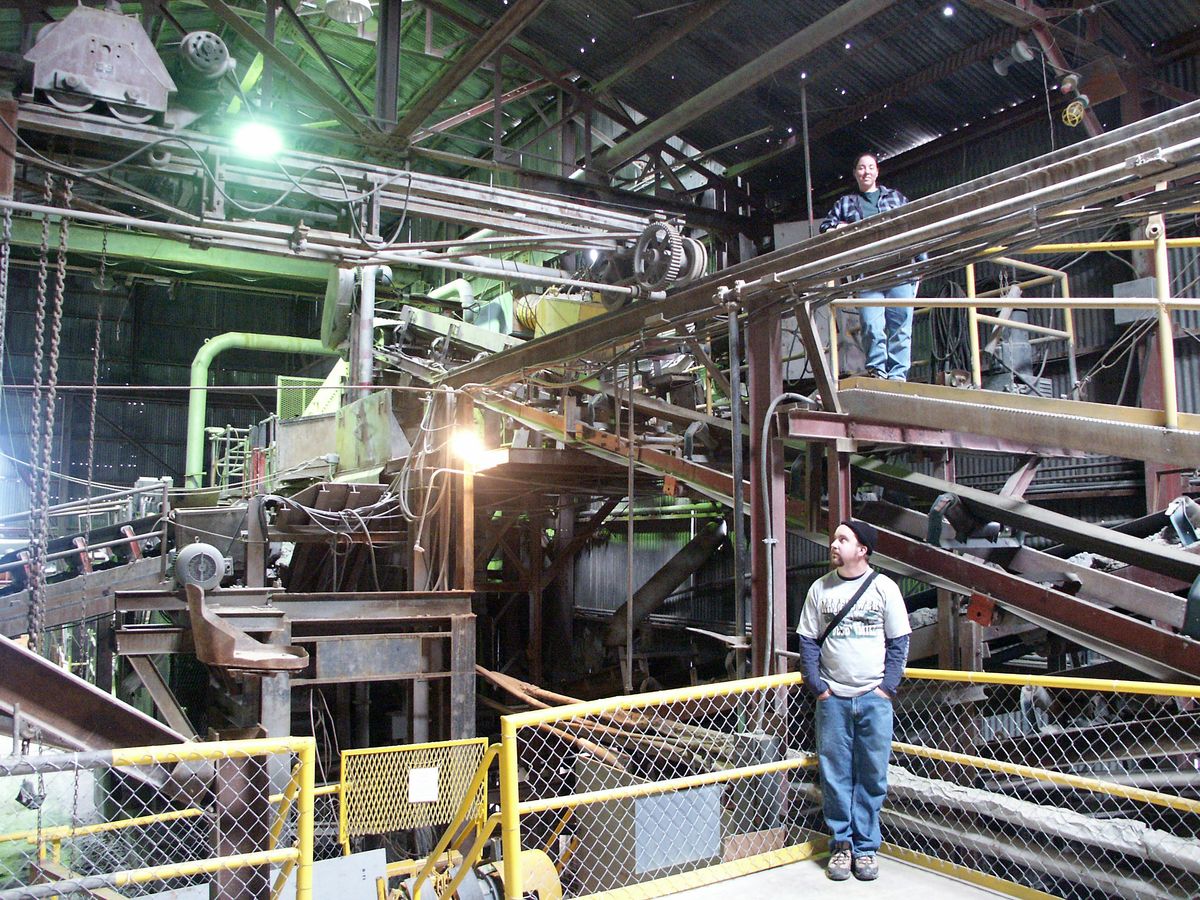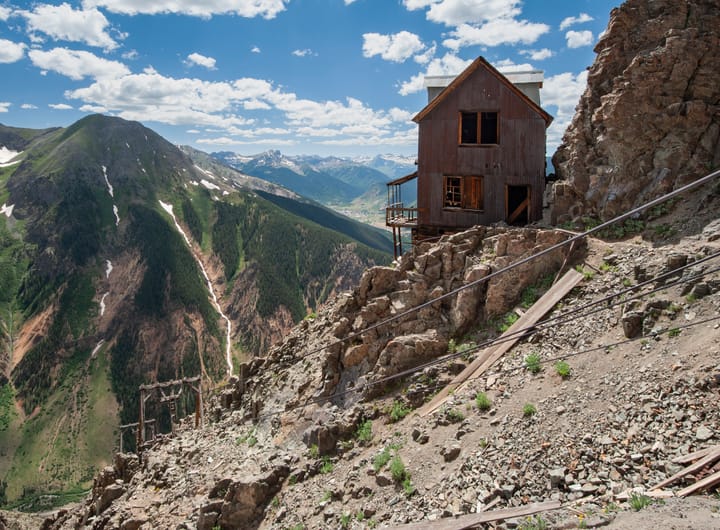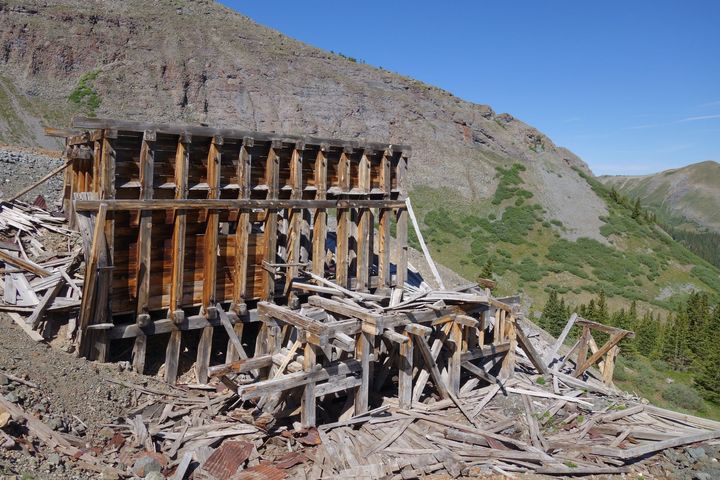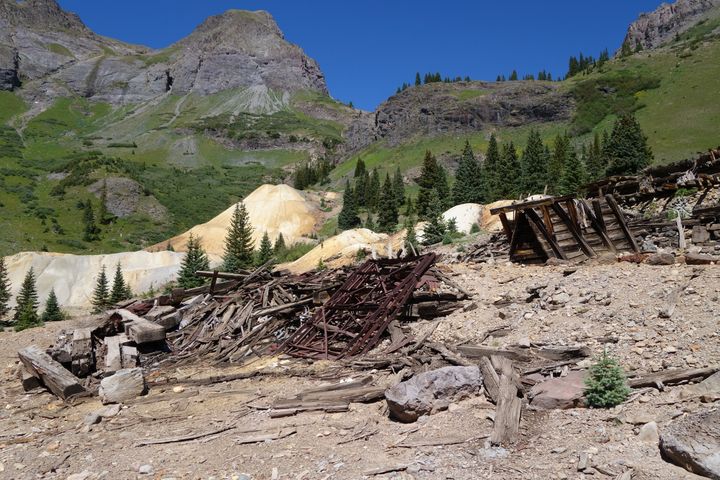The Mayflower Mill (also known as the Shenandoah-Dives Mill) is the only intact and functional flotation mill remaining in Colorado. Every belt, crusher, and flotation cell that was processing ore when the mill closed in 1991 still occupies its original position. While hundreds of precious metal mills across the American West were dismantled for scrap during World War II, the Mayflower somehow survived 61 years of operation to become a National Historic Landmark that you can walk through as if the workers just stepped out for lunch.
Charles A. Chase, a mining engineer, gambled everything on a revolutionary flotation process that could separate multiple metals from the same ore. His bet paid off spectacularly: in its 61-year milling career from 1930 to 1991, it was shut down only a total of 12 years, resulting in 49 years of actual milling. This single mill—one of the first flotation mills in the West—processed 9.7 million tons of rock and produced 1.94 million ounces of gold, 30 million ounces of silver, and a million tons of base metals. The 10,000-foot aerial tramway that fed the mill operated so reliably that miners routinely rode the ore buckets to work, trusting the wire rope to carry them safely up the steep mountainside to the mine.
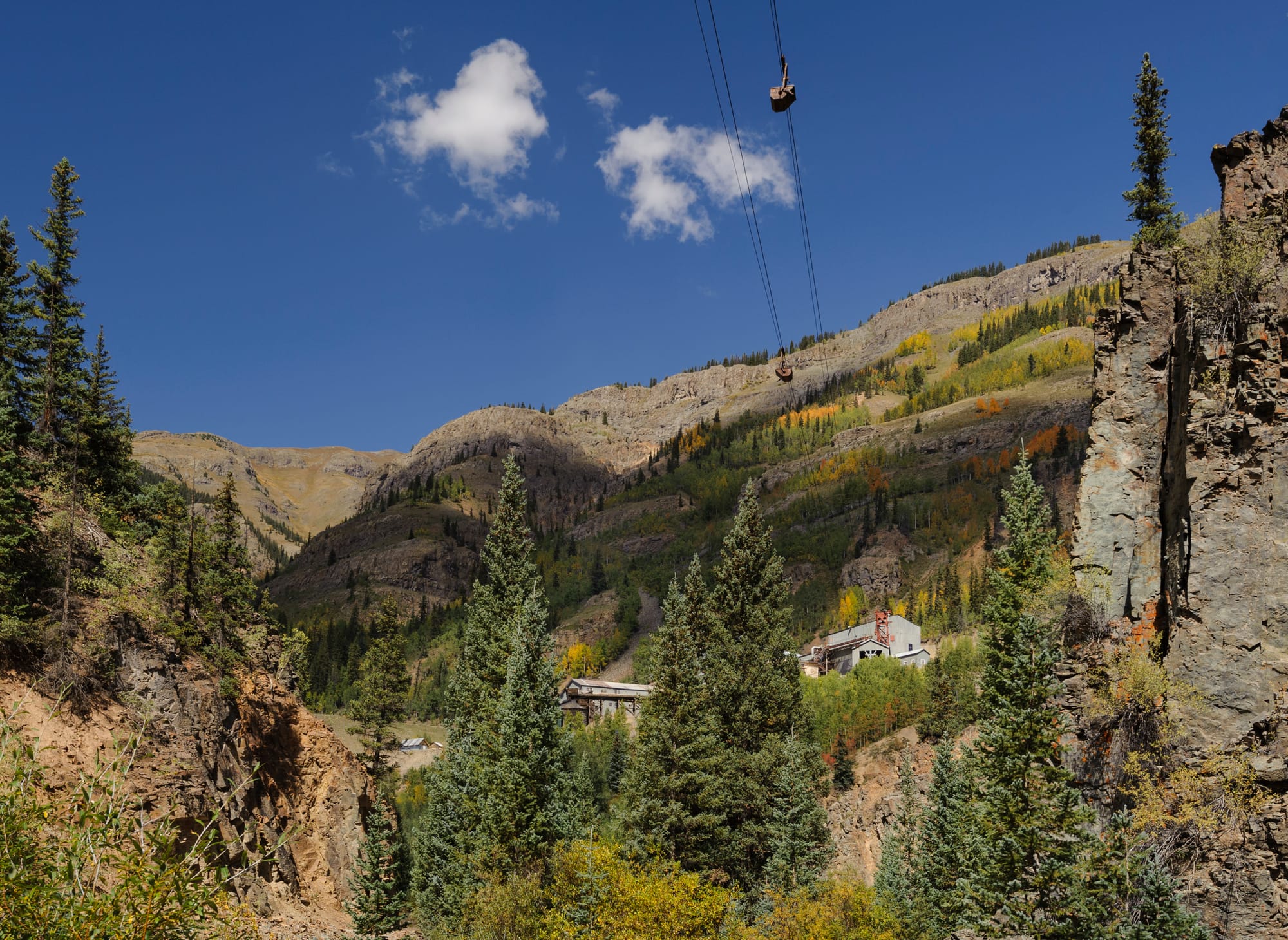

Photos courtesy of Hugh Smith
The San Juan County Historical Society now operates the mill as a self-guided tour during summer months, and they've preserved not just the machinery but the stories. The multistory wood-frame structure, covered with corrugated metal roofing and set into the hillside to facilitate gravity-fed materials processing, houses equipment that once processed 1,000 tons of ore per day at peak production. The tour begins where the aerial tramway terminated and raw ore began its journey through crushers, ball mills, and flotation cells that separated gold from silver from copper with an efficiency that revolutionized hard-rock mining.
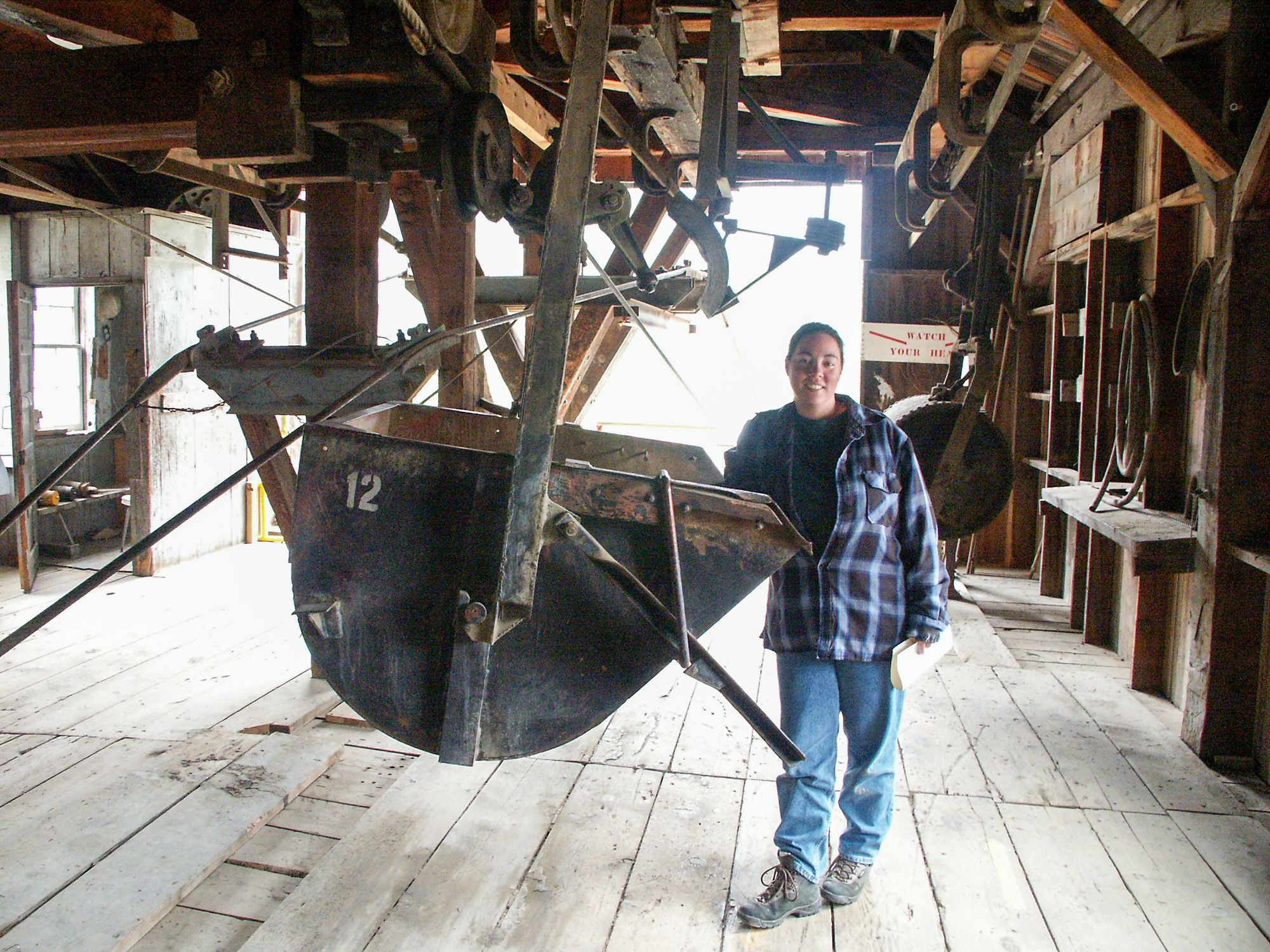
History
Charles A. Chase arrived in the San Juans in 1925 with a reputation as a successful mine manager earned at the Liberty Bell Mine near Telluride and a vision that would transform Silverton mining. The Kansas City syndicate that backed his Shenandoah-Dives Mining Company capitalized their venture at $3.5 million, then handed Chase $375,000 to build the most advanced mill the San Juans had ever seen. In spring 1929, Stearns-Roger Manufacturing Company of Denver began erecting a mill in Arrastra Gulch built entirely of pre-framed Oregon fir, chosen specifically to withstand harsh San Juan winters.
The construction timeline was ambitious even by 1920s standards. Chase pushed crews through a six-month building schedule to beat winter, employing the latest industrial equipment including steam shovels and dump trucks just entering the market. The mill began processing ore in February 1930, its selective flotation technology representing the cutting edge of metallurgical science.
The heart of Chase's operation was a 10,000-foot aerial tramway designed by F.C. Carstarphen of Denver. This wasn't the typical wooden-tower setup common in Colorado mining districts. Chase demanded steel construction throughout: eleven towers using square frame design, two tension stations, one rail station, and track cables stretched under 35,000 pounds of tension. The buckets, mostly 1,450-pound capacity units on four-wheel carriages, moved at 500 feet per minute and could transport 55 tons of ore per hour with just five operators per shift.
The tramway became legendary among local miners for reasons beyond its engineering excellence. A "stub" tramway at the upper terminal carried supplies to the bunkhouse under the supervision of Bill Smith, famous for his explosive temper. When bored tram house operators repeatedly signaled for empty buckets, Smith would grab an axe and chase them down the hillside while the operators locked themselves safely indoors.
Chase's flotation process separated sulfide ore minerals through froth flotation, an innovative early twentieth-century method that revolutionized processing of complex ores. Previously, stamp mills could handle only simple gold or silver ores, but Chase's system recovered gold, silver, copper, lead, and zinc from the same rock by floating different minerals to the surface in sequential cells loaded with specific chemical reagents.
The Shenandoah-Dives Mining Company's production peaked during the 1930s when base metals sustained operations even as precious metal prices fluctuated. During World War II, over 40 small mines shipped ore to the Mayflower Mill, making it the economic backbone of the Four Corners region. The mill represented the largest single industrial payroll in the area. However, regular operations ceased in 1945 when decreased government demand for metals following the war's end forced a major reduction in activity.
Operations continued sporadically under various owners after Chase's company folded in 1953. Standard Metal Corporation acquired the property in 1959 and built additional crushing facilities to handle ore trucked down from the reopened Sunnyside Mine. The mill's remarkably long run finally ended in 1991 when it closed as the second-oldest operating gold mill in the United States.
Sunnyside Gold Corporation donated the entire mill complex to the San Juan County Historical Society, which has undertaken extensive preservation work funded through Congressional appropriations and State Historical Fund grants. The society completed structural stabilization of the tram terminal, ore conveyor, and trestle system, while rehabilitation of the Assay Office building provided rental income to support ongoing preservation efforts.
Directions
From downtown Silverton, drive east down Greene Street, the town's main thoroughfare. Cross the bridge over the Animas River, then turn right onto County Road 2 (also known as the Animas Forks Road), and signed as the Alpine Loop Scenic Byway.
The paved road curves northeast, following the Animas River. You'll climb gradually through aspen groves and open meadows with views of the surrounding peaks. At 2.3 miles from the turn, the Mayflower Mill appears on your right. Its large gray buildings are unmistakable.
The road continues past the mill toward Howardsville, but it turns to gravel just beyond the mill site, so you'll know you've gone too far if you hit the dirt.
GPS Waypoints
- Mayflower Mill: 37.8284°, -107.6284°
My grainy photos are from 2005.
